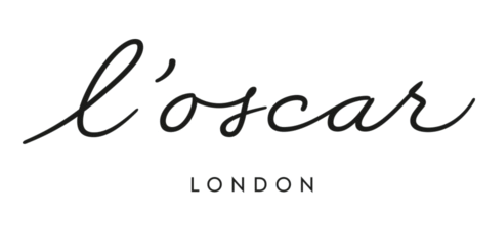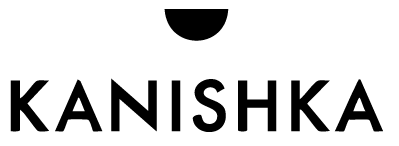
There are a multitude of ways that you can protect your investment portfolio during times of inflation. For example, maintaining stock exposure or seeking out fixed-income assets.
Whether it be the stock market/ stocks, real estate, figurines, sports cards and other memorabilia, silver and gold or art, it’s important to conduct thorough research before investing - whether you’re preparing for your future or for retirement.
Read on to find out some of the best things you can invest in as inflation rises. In this blog, we’ll also be exploring how you can get started on your art investment journey.
Equities
Generally speaking, equities are a reliable option during times of inflation. Stocks typically produce total returns that exceed inflation - however, some stocks perform higher than others when fending off inflation during inflationary periods. Naturally, the best time to buy stocks is when the share prices are at a low.
Although there’s a chance that the value could drop even more, it’s safer to buy at a low price instead of purchasing at a high price. Inflation hedges such as equities are valuable additions to your portfolio during times of high inflation.
That being said, it may not be the right choice for every investor - it all depends on your goals, risk tolerance and time horizons.
Real Estate
Theoretically, real estate can be a great inflationary hedge - especially residential real estate investment. During inflation, rent payments typically rise - along with other inputs such as labour or goods.
In fact, building materials and home construction are often recommended as ways to hedge against inflation. It’s possible to invest in real estate without actually purchasing a property - organisations (real estate investment trusts) that own mortgages could be a potential go-to if you wish to invest in property.
Silver and Gold
Investing in tangible assets such as silver, gold and other precious metals is an attractive idea for many - especially during times of inflation. In fact, the best time to invest in silver and gold is when the currency is currently losing value. Silver typically outperforms gold during inflation.
That being said, gold is a more expensive option - and is approximately 70 times more expensive than silver. Many people will choose to invest in both to hedge their investments.
Purchasing silver and gold physically can be difficult - it’s best to get an expert opinion to ensure that what you’re purchasing is worth the price you pay. It’s also important to consider storage when investing in physical silver and gold.
Gold and silver aren’t perfect investments by all means - however, they can be a good investment as part of a diversified portfolio throughout periods of inflation and increased prices.
Collectables
Investing in tangible collectables can be a passion project that can help increase your wealth and diversify your portfolio. The term ‘collectable’ typically refers to items that are older and limited-edition - items that are no longer being mass-produced.
Collectables have increased in value over time, and sell for much more than originally purchased. This is due to the demand being much higher than the supply. Collectables can include jewellery, comic books, sports memorabilia, classic cars, vintage toys, figurines, and many more.
Contemporary Art
Art is one of the best inflation hedge assets and inflation-protected securities you can invest in. During a recession, many art owners will hold onto their art collections. This typically ensures that prices remain stable - meaning that art is a safe and secure alternative investment during times of financial uncertainty.
Contemporary art value increased by around 17.5% during inflation, outpacing the S&P 500 and the appreciation of other assets (e.g silver and gold) during the same time period. Ultimately, art has a much higher appreciation rate and a low correlation to traditional investments.
This means that it’s unlikely to rise and fall with those assets, and will stand tall against uncertainty. Over the last 26 years, contemporary art has exhibited a steady appreciation of 13.8% over the last two and a half decades, withstanding periods of high inflation. The S&P 500, for example, had an appreciation of 10.2% - and real estate 8.9%.
How To Invest in Art
The art market can be difficult to understand, especially if you’re new to the world of art investment. This is why it’s so important to conduct thorough research when investing in art - and find out everything you need to know about art investments. For example, you should determine what medium of art you’re going to invest in - are you going to purchase art prints?
Original paintings? Illustrations? Likewise, you may have an artist in mind. Are there any artists that you really enjoy? Or artists that are trending at the moment? At Grove Gallery, you can view and purchase art from the likes of Banksy, Andy Warhol, Picasso, Opake, Stony, and many more.
Many people decide to work with an art advisor when investing in art. At Grove Gallery, we are home to an impartial art advisory service. Our team of experts can help you to navigate the art market and invest in the right artwork at the right time.
We can share our wealth of knowledge and experience to increase your chances of a successful investment, whether it be a short-term or long-term investment.
On average, you can generate between 8% to 12% profit from art investment with Grove Gallery. We can also be by your side when you decide to sell your art, guiding you through the art-selling process to make a serious profit.
If you’re considering investing in art prints, check out this blog to learn more about art prints as an investment. Alternatively, explore our guide to the secondary art market to learn more about investing in pieces of art from the secondary art market.






